#Ovid
Explore tagged Tumblr posts
Note
How do you interpret the myth of Medusa? I interpret this myth as representing the goddess Athena as implacable and blind justice.
Before I get into this I do want to say that I love interpreting myth, so if anyone else has any other myths they want to chat with me about please feel free! That said, I need to clear a few things up on this one.
The commonly referenced Medusa myth is not by a Greek, but by Ovid who was Roman, writing during the Roman Empire while Greece was a colonised state, and they changed the myths to make the Greeks seem barbaric and awful to their Roman standard of morals. Ovid particularly hated Athena — having also written the Arachne myth.
So, my interpretation of the Medusa myth is that she was always a Gorgon, like her sisters, and that Athena had nothing to do with her becoming that way. The tragedy of Medusa is that when she was killed she was pregnant, which none of them knew. What’s also tragic is that she was the only mortal gorgon, and her sisters mourned her. Their mourning in fact haunted Athena so much she created a musical instrument, similar to a flute, to portray their cries.
Perseus and Athena, however, are not villains in this myth. Perseus killed Medusa to save and protect his mother. If you want to portray a feminist side of Greek mythology, don’t use Medusa. Use the fact that Perseus would do anything to protect his mother. Use the fact that Athena, a woman, is the one who taught him. Use the fact that Medusa and her sisters had so much love for each other that their grief moved a goddess.
People often try to make feminist retellings of these stories that just end up feeling flat, because the women of Greek myth are not inherently unfeminist, and by trying to change them into victims and girlbosses, we lose so much nuance.
Sorry for the tangent — but these things are really important to me as an Athena devotee. I don’t mean to come across as angry or anything.
As a final note, i do need to specify that I don’t think there is anything wrong with using Medusa as a symbol to represent surviving SA, and the tattoos and things people get are gorgeous. Symbols can change meaning over time and this is important. But it’s important to at least be aware of the history, especially as a Helpol.
#hellenic polytheism#athena#hellenic deity worship#athena devotee#asks#medusa#athena worship#ovid#ovid’s medusa myth#greek mythology#myth interpretation
36 notes
·
View notes
Text

― Ovid, Metamorphoses
15K notes
·
View notes
Text

if i could give my life for yours, or die with you
#de hyacinth#art#hyacinthus#apollo#ovid#ovid's metamorphoses#greek mythology#the apollumi tag#apollo x hyacinthus#greek myth#tarot#the lovers#metamorphoses
1K notes
·
View notes
Text
"average greek myth involves a god turning someone into something else" factoid actualy just statistical error. average greek myth involves 0 gods turning someone into something else. metamorphoses ovid, who lives in exile & writes over 10,000 transformation myths a day, is an outlier adn should not have been counted.
3K notes
·
View notes
Text
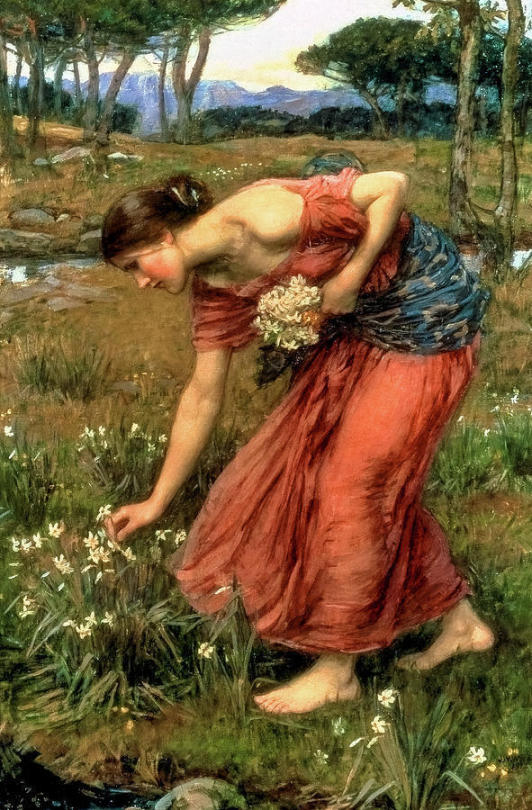
Narcissus
Artist: John William Waterhouse (English, 1849–1917)
Date: 1912
Material: Oil on canvas
Collection: Private collection
Description
John William Waterhouse is very famous for his use of the Pre-Raphaelite style. Most of his pieces express classical mythology, historical subjects, and British poetry. He is known for his great proficiency in oils and watercolors. Narcissus was exhibited at the Royal Academy in 1912.
The exquisite oil painting on canvas displays a woman picking flowers in a field. According to the Greek mythology by Ovid, Narcissus was the son of the river god Cephissus and the nymph Liriope. Narcissus had been promised to live to an old age if only he would not look at his reflection, and so he rejected all women who fell in love with him and would not look at himself. Eventually, he was subdued by Echo, a woman who was deeply hurt by his rejection that she caused the Goddess Nemesis to strike Narcissus that he may look at his reflection in a pool and fall in love with himself. Narcissus then looked at his reflection in the pool till he died.
This story gives origin to the narcissus flower, which grew where Narcissus died. The flower grows almost anywhere but prefers well-drained soil with a sunny or light shade environment. The masterpiece of oil on canvas is set in a beautiful wooded landscape, seemingly with a stream and rocky edges. Wildflowers grow there too, and a young lady is bent picking them. Her countenance is downcast in the flowers. In her other hand, she holds a bunch of already picked flowers. She is dressed in a red dress, perhaps to symbolize love or a burning passion. The flowers she is picking are the narcissus flowers. Waterhouse was always keen to use colours, patterns, and simple objects for symbols of the old mythologies. The Narcissus would be no different. This wonderful work of art brings out his genius with the oils on canvas as he seemingly brings every aspect to life as rich in meaning.
Waterhouse was much influenced and inspired by Greek Mythology and works by Homer, Ovid, Shakespeare, and Keats, among other famous writers and poets from the time. His most common theme from these sources was femme fatale, the woman who ensnares a man. Most of Waterhouse's subjects were women from Greek Mythology, historical or literary texts. Often, he used live models, family, and friends to be his subjects, creating a great mix of the old and new as he used symbolism from the mythologies around current
#painting#narcissus#classic mythology#pre raphaelite style#field#woman#picking flowers#costume#wildflowers#english painter#artwork#fine art#oil on canvas#greek mythology#water stream#trees#mountains#blue horizon#literature#ovid#narcissus flowers#john william waterhouse#english art#20th century painting#european art
493 notes
·
View notes
Text











orpheus but he's sisyphus
Ovid’s The Story of Orpheus and Eurydice (tr. Rolfe Humphries) / Spirited Away dir. Hayao Miyazaki / @mag200 / Jenny Diski, “Housewife” / Franz Wright, God's Silence / Adrianne Kalfopoulou, “Poem in Pieces, a Log” / Jon Ware, I am in Eskew / Kazimierz Wierzyński, “A Word of Orphists” (tr. Czeslaw Milosz) / @prisonhannibal / Aeschylus, The Oresteia / Ocean Vuong, Eurydice
image ids under cut:
image 1: a quote from Ovid that reads: "And Orpheus received her, but one term was set: he must not, till he passed Avernus, turn back his gaze, or the gift would be in vain."
image 2: excerpt from the script of the film Spirited Away that reads: "Haku: But I can't go any farther. Just go back the way you came, you'll be fine. [highlighted] But you have to promise not to look back, not until you've passed through the tunnel."
image 3: a drawing, labeled in all-caps handwriting "a venn diagram of love vs. grief:". the drawing is a single circle.
image 4: an excerpt, highlighted and italicized, from Jenny Diski that reads: "People don't understand about repetition, do they? How it is at the heart (thump, thump, thump) of obsession; at the erotic centre (drip, drip, drip) of desire. You do, of course. Repetition is insatiability spelt sideways."
image 5: a quote from Franz Wright reading, "And let me ask you this: the dead, where aren't they?"
image 6: a quote from Adrianne Kalfopoulou in red text, reading, "Grief will keep you reaching back / for what is not there"
image 7: an excerpt from Jon Ware that reads, "Here's my question. If the ghost wants nothing more than to be witnessed, why would it appear behind you, not in front of you? The only answer I can think of is this: [underlined] it appears behind you because it already knows, to an absolute certainty, that you will have no choice but to look back."
image 8: a quote from Kazimierz Wierzyński that reads: "I understood the true fate of Orpheus, that [highlighted] love is a constant terror of loss."
image 9: a screenshot of a tumblr ask from an anonymous user who says, "What's the point?" user prisonhannibal responds, "of what? it's love though".
image 10: two lines from aeschylus reading, "Orestes: This was always going to happen. She's been dead since the beginning."
image 11: an excerpt from Ocean Vuong that reads, "Your absence has gone through me // Like thread through a needle. / Everything I do is stitched with its color."
end ids.
#web weaving#my posts#orpheus#eurydice#love#grief#mythology#poetry#ovid#spirited away#jenny diski#franz wright#adrianne kalfopoulou#jon ware#kazimierz wierzyński#aeschylus#an oresteia#ocean vuong
2K notes
·
View notes
Text


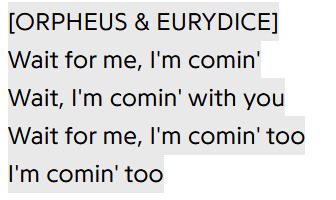










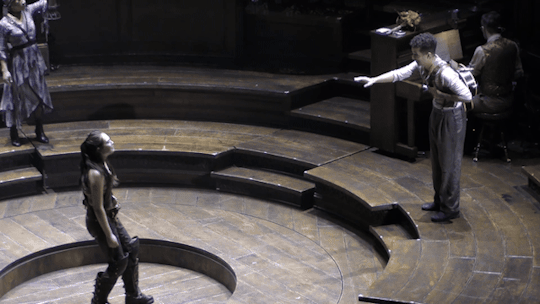
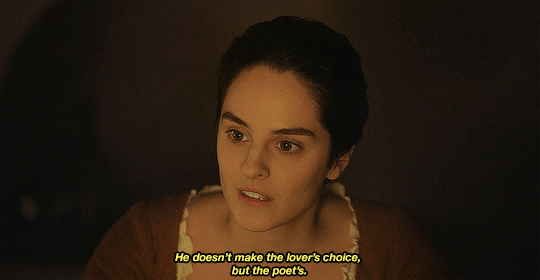
"Dying a second time, now, there was no complaint to her husband (what, then, could she complain of, except that she had been loved?)"
Dead Boy Detectives (2024) / Hadestown (2016) / Portrait de la jeune fille en feu (2019) / Kaos (2024) / Talk - Hozier / Metamorpheses - Ovid
#orpheus and eurydice#riddy#kaos#kaos netflix#hadestown#hadestown musical#portrait of a lady on fire#portrait de la jeune fille en feu#dead boy detectives#dbda#edwin x charles#edwin payne#charles rowland#talk hozier#hozier#ovid#ovid's metamorphoses#metamorphoses#greek mythology#greek myth aesthetic#greek gods#greek myth retellings#mythology#web weave#web weaving#webweaving
520 notes
·
View notes
Text

siquid habent veri vatum praesagia, vivam
288 notes
·
View notes
Text

Perseus haters try to read the original myths, challenge impossible
Just to be clear, no hate towards ppl who like the Ovid retelling, its completely okay to like Medusa with a tragic story (remember that Medusa was born a monster in the og greek myth tho!) , but it becomes a huge problem when you start to see it as the original myth and demonize Perseus who just wanted to save his mother Danaë from a literal assaulter.
#greek mythology#greek myth#perseus#medusa#perseus and medusa#perseus and danaë#perseus and andromeda#ovid
278 notes
·
View notes
Photo
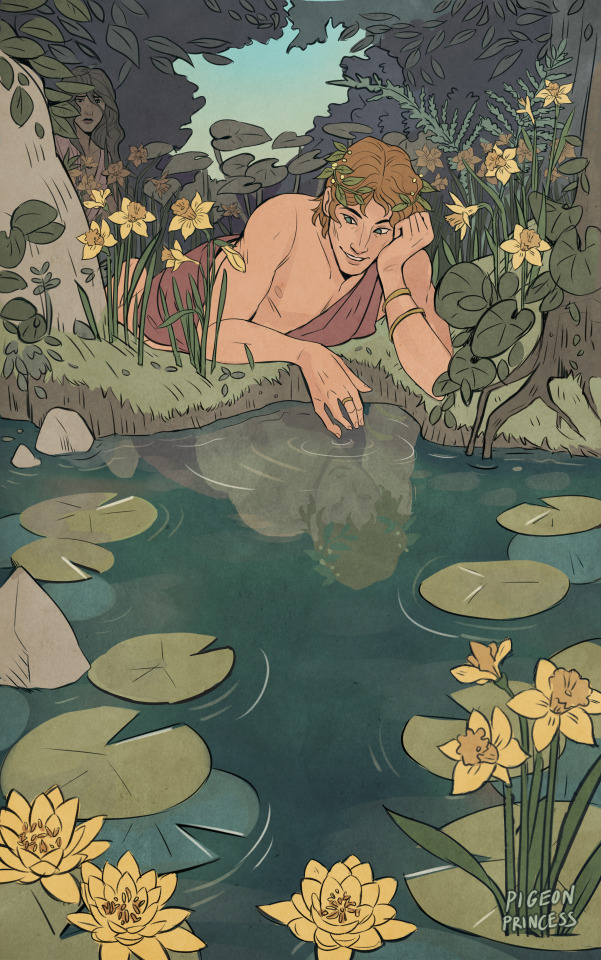
As punishment for his cruel rejection of the nymph Echo, Nemesis cursed Narcissus to fall in love with his own reflection in a pool of water. Unable to take his eyes away from the beautiful youth he did not recognise as himself, Narcissus stayed by the side of the water until he wasted away.
I’ve been wanting to draw more mythology pieces for a while now! Here is my interpretation of Echo and Narcissus, a Roman myth from Ovid's Metamorphoses.
#Roman mythology#roman myths#Narcissus#Narcissus and Echo#Echo#mythology#myths#greek mythology#greek myths#Ovid#ancient rome#pigeon princess#my art#this was a lot of fun to draw#illustration
6K notes
·
View notes
Text

Apollo's lamentation in Ovid's Metamorphoses (Hewitt/Hall trans.)
#hyacinthus#ovid#classics#poetry#tales of queer love from the ancient world#book quotes#kell reads things
427 notes
·
View notes
Text


John Singer Sargent, Ellen Terry as Lady Macbeth | John William Waterhouse, Circe Invidiosa
#john singer sargent#john william waterhouse#lady macbeth#circe#shakespeare#macbeth#greek mythology#homer#the odyssey#literature#art#painting#ovid#ovid's metamorphoses#metamorphoses
335 notes
·
View notes
Text
the theory that ovid lied about being exiled is hilarious. i don't think it could be true but imagine writing about being exiled and how you're so sad and depressed and begging augustus to let you go back home and the entire time you're sitting in your fancy house in the rich people area of rome and augustus is just extremely confused.
1K notes
·
View notes
Text




"We are ever striving after what is forbidden, and coveting what is denied us."
- Ovid, Metamorphoses
#academia#dark academia#bibliophile#dark aesthetic#dark and moody#winter#academia aesthetic#book photography#classic academia#deep quotes#classic quotes#literary aesthetic#literary quotes#ovid's metamorphoses#ovid#classic literature#classical literature#ancient rome#dark academia aesthetic
191 notes
·
View notes
Text
Eurydice, dying now a second time, uttered no complaint against her husband. What was there to complain of, but that she had been loved?
Ovid, Metamorphoses
410 notes
·
View notes
Text
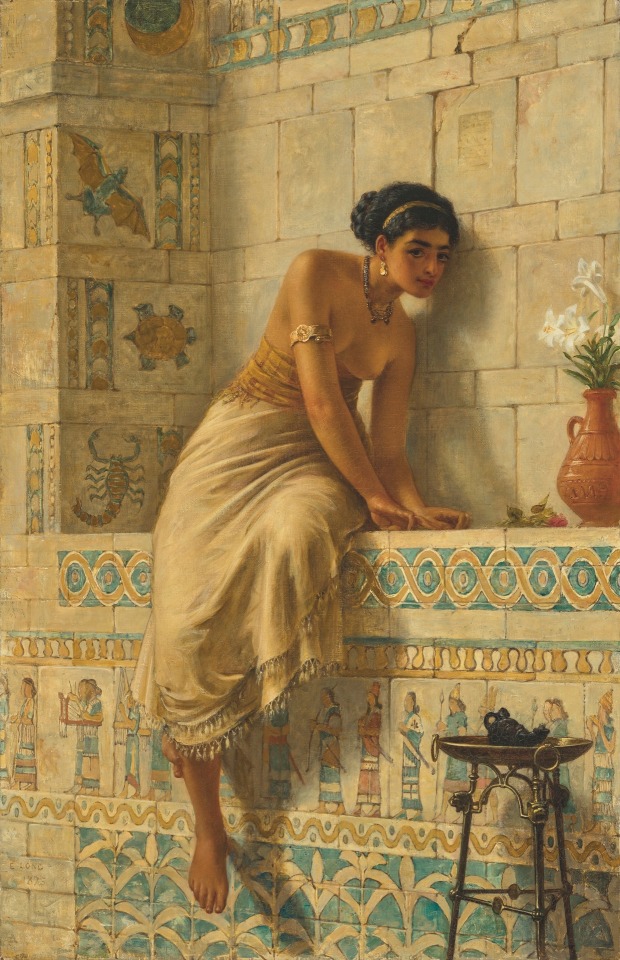
Thisbe, 1875
Edwin Long
#Thisbe#1870s#Edwin Long#art#art history#painting#Metamorphoses#ovid#literature#roman literature#english art
1K notes
·
View notes